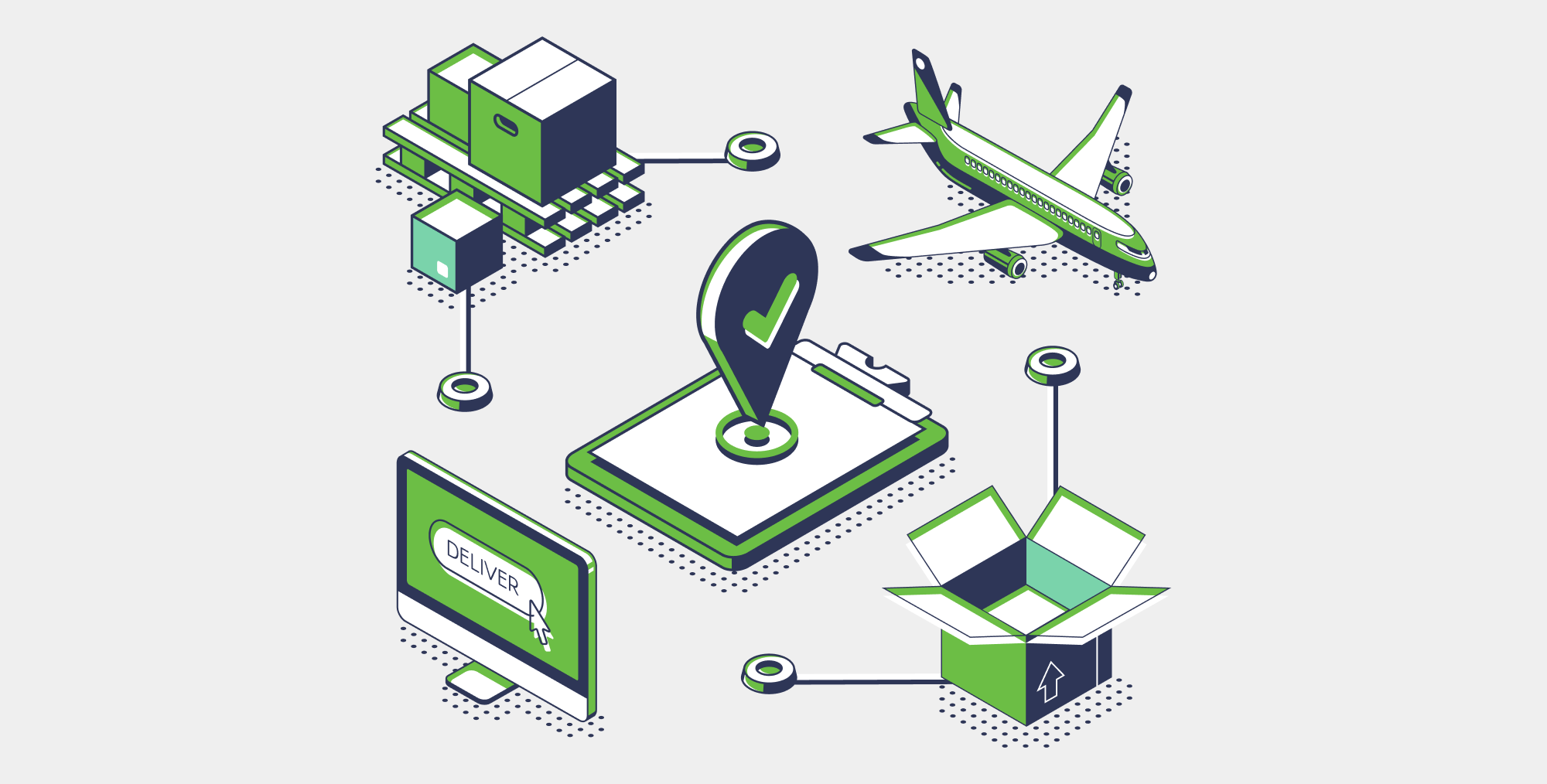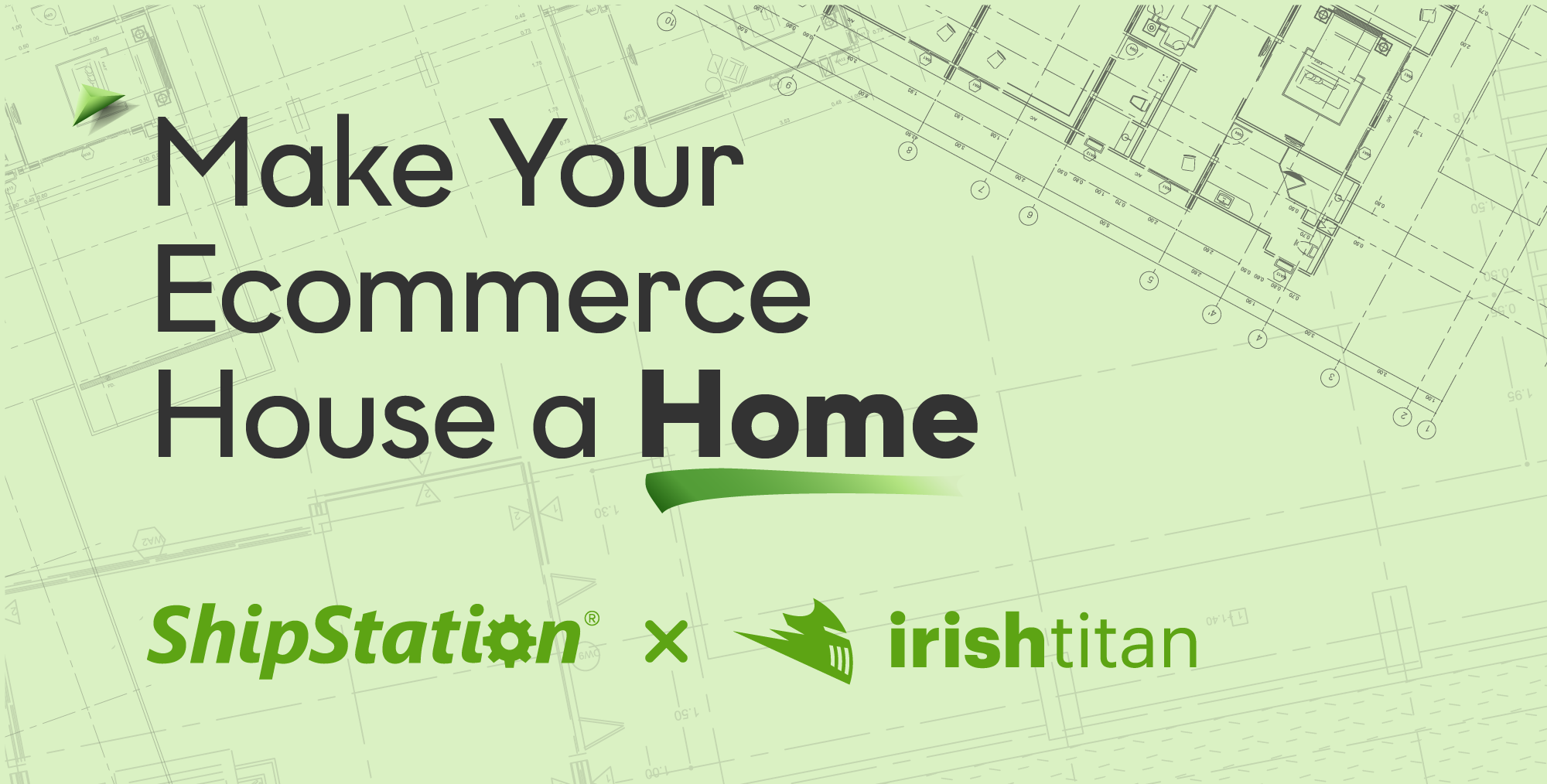How to Navigate the Returns Process
The retail landscape changed dramatically in 2020. One major consequence of the pandemic was a huge upsurge in online shopping, which shows little sign of slowing even as UK lockdown measures start to ease. And as more people have turned to home delivery than ever, it’s not surprising that returns are on the rise, too.
With many retailers perhaps concentrating more on perfecting the front-end delivery aspect of their business, returns are often overlooked. It can be seen as a bit of a nightmare for retailers, who have to cover the cost of returns and factor in the extra work that surrounds the whole returns process, such as investigating the item and getting it back into the supply chain, and dealing with any customer service issues. To put this in context for ecommerce businesses, returns rates are approximately three times higher online than they are in-store
A repeat cycle of ‘buy, try, return’ isn’t great for the environment either. As well as the unwanted item being out on the road for longer, the extra packaging involved with returns – and all the associated printed slips and labels – also has an unwelcome impact.
An effective, streamlined returns process is vital, not only in terms of brand reputation and sustainability, but the all-important customer experience too. Just as retailers and carriers have had to adapt during the pandemic, customer habits have shifted too.
A study by Mintel found that 49% of online shoppers in the UK had returned something in 2020, rising to 60% in the 16-34 age group. More tellingly, recent research by IRMG shows that 70% of online customers use returns as a major factor in deciding who to shop with; 80% of shoppers now consider ease of returns more than they did pre-Covid; and 91% think retailers should offer free returns as an option.
Consumers have a lot of choice, and if the returns procedure is unclear, difficult to navigate or too expensive, they will shop elsewhere. However, people tend to be loyal – and a good experience will encourage them to return.
The Key to Seamless Returns
Hermes believe the returns process should be customer-centric and retailers should match their returns options to their customers’ expectations.
When it comes to seamless returns, transparency is key. It’s all about having a policy in place that’s communicated to customers clearly.
What items can you return? Do you need to arrange a courier or can you drop off in-store only? Do you need to print your own labels? How long will it take and how much will it cost? All this should be communicated upfront. ASOS for instance does a great job offering returns.
Two industry leaders in this area – Amazon and ASOS, both clients of Hermes – attract many loyal customers with their returns offering. To return simply print the label and then your return will be processed in 14 days at no cost to you.
How Consumers Expect Retailers to Offer Returns
Make returns easy. Returns are a zero-sum game for both customers and merchants. However, mastering returns can increase customer satisfaction and contribute to long-term customer loyalty. Instead of requiring customers to call into a support line or wait around for you to send an email with next steps, allow customers to initiate returns in the same way that orders are placed.
Make the process easier by offering automated returns through return portals on your website or including pay-on-use return labels with the outgoing package. Cultivating a streamlined process like this elevates your brand above the competition and aligns you with titans like Amazon. Offering returns for free is certainly not something merchants welcome, but they are less time sensitive, so the shipping can be more affordable than with outgoing packages.
The Hermes’ Solutions
Hermes offers choice and convenience, giving customers multiple methods of producing a return and getting the item back to the retailer.
With Hermes, customers can return from home, ParcelShop, or Locker – the only UK carrier with this range of options. Returns labels/QR codes can be produced at home via their website or award-winning app and can be printed in many of the 5000+ Hermes ParcelShops. Customers can also walk-in and create a return in a ParcelShop using in the instore device. The customer has complete control, and this in turn helps retailers go green – the days of printing thousands of paper slips that won’t be used are over. Now, consumers can produce a return as and when needed, on-demand.
For retailers, last year Hermes launched the ‘what’s in the box’ feature to enhance the data element. This feature captures the reason for the return at the front end and relays this information back to the retailer immediately, to give them data analysis and trends.
Hermes aim to offer robust and scalable solutions, and ‘what’s in the box’ takes a lot of hassle away from SME retailers who perhaps don’t have the size or the tech in place for the optimum returns process. Working with smaller and new retailers is a key focus.
In terms of green innovation in the final mile, they’ve also successfully trialled on-foot street-portering (pedestrian couriers) and ‘local to local’ deliveries/returns on bikes in London and Leeds.
Hermes are also innovating in the area of voice assistance. All their products and services are integrated with Google and Alexa, and customers can ask for a returns label, where’s the nearest Hermes ParcelShop or Locker, when will my courier collect my return and so on. Finally, another major project for Hermes last year was launching a local customer service solution, which connects customers to their local operations team and courier. This reduces lead time on responses, and is already paying off in terms of customer satisfaction ratings.
These are just some of the ways Hermes is enhancing the returns journey for retailers and customers. It’s not just about increased capacity, although they do have the capability and flexibility to handle ever-increasing volumes. Hermes are more focused on solving problems, improving the consumer experience and, ultimately, reducing the amount of work involved with returns. That’s the goal.





